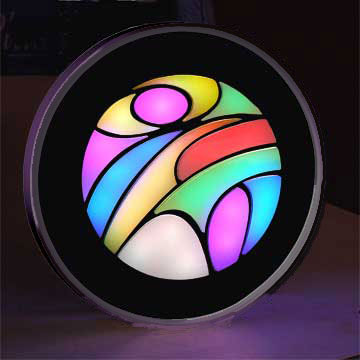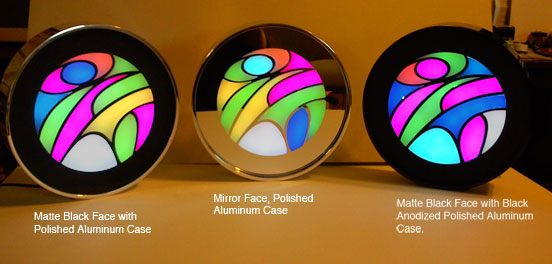|
|
 |
|
TimeArt
The Transformation of Time into Art
Was in production from 2007--2012 & then again for a year in 2018
A Museum Quality Art Clock By ChronoArt.
What Paul Klee would have created if he had Light Emitting Diodes.

|
|
 |
|
TimeArt
The Transformation of Time into Art
Was in production from 2007--2012 & then again for a year in 2018
A Museum Quality Art Clock By ChronoArt.
What Paul Klee would have created if he had Light Emitting Diodes.

|
Design by Wayne Husted, with electronics by Barry Gamble
Delightfully different --- in the best tradition of ChronoArt Prices and ordering button near the bottom of page. Scroll down. Delight, Function & Solidness
What it Does
|

TimeArt without the case – an open frame look. (Sorry, very old, probably will not play) movie -- Link to QuickTime movie showing colors changing. _______________________________________________________________
|
|
To ask questions or place an order call 1-800-328-1895

Barry Gamble
Designing Art Clocks since 1971
__________________________________________________________
The TimeArt, each one, is run for several days to insure quality.
To show our confidence in the design quality it has a 2 year warranty.
_________________________________________________________________
SPECIFICATIONS (aka the small print, a small humor)
ACCURACY: + or - 2 SECONDS AS LONG AS THE POWER IS ON. Runs off of crystal and battery (one minute/year) when power is OFF |